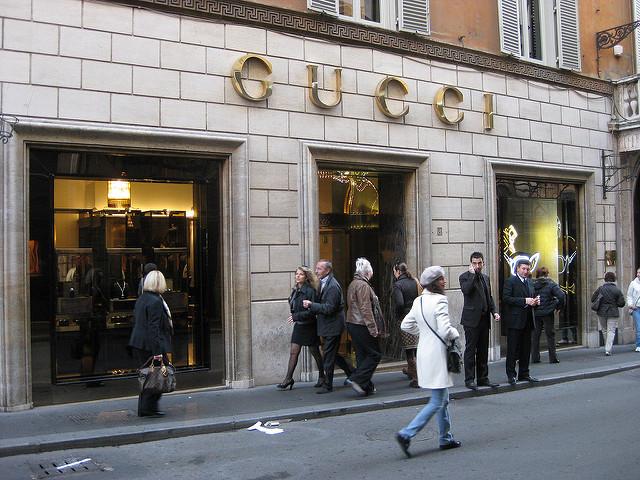Despite clothing being considered a basic human necessity, fashion goes beyond simple textiles and functional designs. Nowadays, fashion has countless categories that allow individuals to capture their personality in a visual manner. Although for some people fashion is the embodiment of vanity, for others it is another avenue of artistic expression. Nevertheless, in our current capitalist market, fashion has taken the center stage as the most blatant manifestation of what a society values. Beyond art and individual expression, fashion has evolved into an industry proven to be incredibly profitable. Not only are fashion trends constantly changing, forcing individuals to continue to shop in order to keep up with the season, but they are deemed markers of wealth. High-end brands have become synonymous with sophistication and money due to their exorbitant price tags — despite that, their quality does not always reflect that.
Fashion has been marketed as a way to buy social status. Certain brands are elevated above others, despite the fact that innovation and quality are widely absent from their most recent collections. It is the illusion of the brand name that continues to motivate consumers into paying thousands of dollars for an item that costs a fraction of the price to be manufactured. It is not only the perceived value of these brands that allows them to charge as much as they please, but it is also the demand and willingness of some consumers to pay the price. Social media and celebrities have greatly expanded the exposure of regular Americans to high-end fashion. They are mainly responsible for the perpetuation of the high monetary worth behind these brands because they present them as the fruits of their success. These platforms have rendered fashion as more accessible to the regular consumer than ever before, and the existence of credit cards has brought them within reach of these same consumers despite not having the robust paycheck to afford it. Therefore, high-end fashion continues to thrive in a society shaped by an obsession with beauty and wealth.
Although high-end fashion has always aimed for the pockets of the wealthiest tax bracket in the country, the prices of some items have reached the level of absurdity. Handbags from designer brands such as Balenciaga, Louis Vuitton and the coveted Hermès can range between $30,000 to $200,000 and more. This well surpasses the yearly income of plenty of households in the United States. And for those at the top, acquiring these items is far from splurging, but more like pocket change. Rather than luxury, high-end fashion is being normalized as an investment that will surely become more valuable someday in the far-distant future. Meanwhile, the wealth gap between the richest and the poorest in the United States continues to increase. Nowadays the one percent wealthiest people in America hold almost 40 percent of the entire wealth in the country. In addition, the purchasing power of hourly wages has remained stagnant throughout the decades.
While “fast-fashion” retailers continue to offer lower prices to meet the needs of a growing low-income population, high-end brands seem to be doing the complete opposite. These luxury items have seen increases of 60 percent in their value compared to a decade ago. Labor is becoming more expensive than before, and the prices of manufacturing also continue to rise due to scarcer raw materials and environmental policies. These factors have not inflated their production cost exponentially enough to justify the prices. Even those that argue it is the reputation and status of these brands throughout the decades that have earned these steep price tags, the truth is newcomers to the high-end scene like Y/Project have rapidly matched older brands.
The issue is high-end fashion continues to sell the illusion of wealth in a country where year after year wealth accumulates at the top. A lot of buyers are still holding onto the past reputation of these brands, hoping owning a small piece of wealth will serve as a lucky charm. They naively continue to firmly believe the elevated price tag of their products is an investment that guarantees quality and status. Unfortunately, the real essence behind high fashion is vanishing as designers continue to fill up their pockets and creating immense empires. Innovation, individual expression and passion for certain aesthetics have been replaced by simplistic designs meant to be massively produced. Perhaps fashion has just become the latest victim of our society’s obsession to commodify art for profit.











